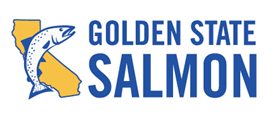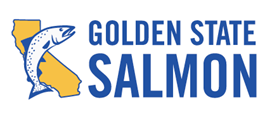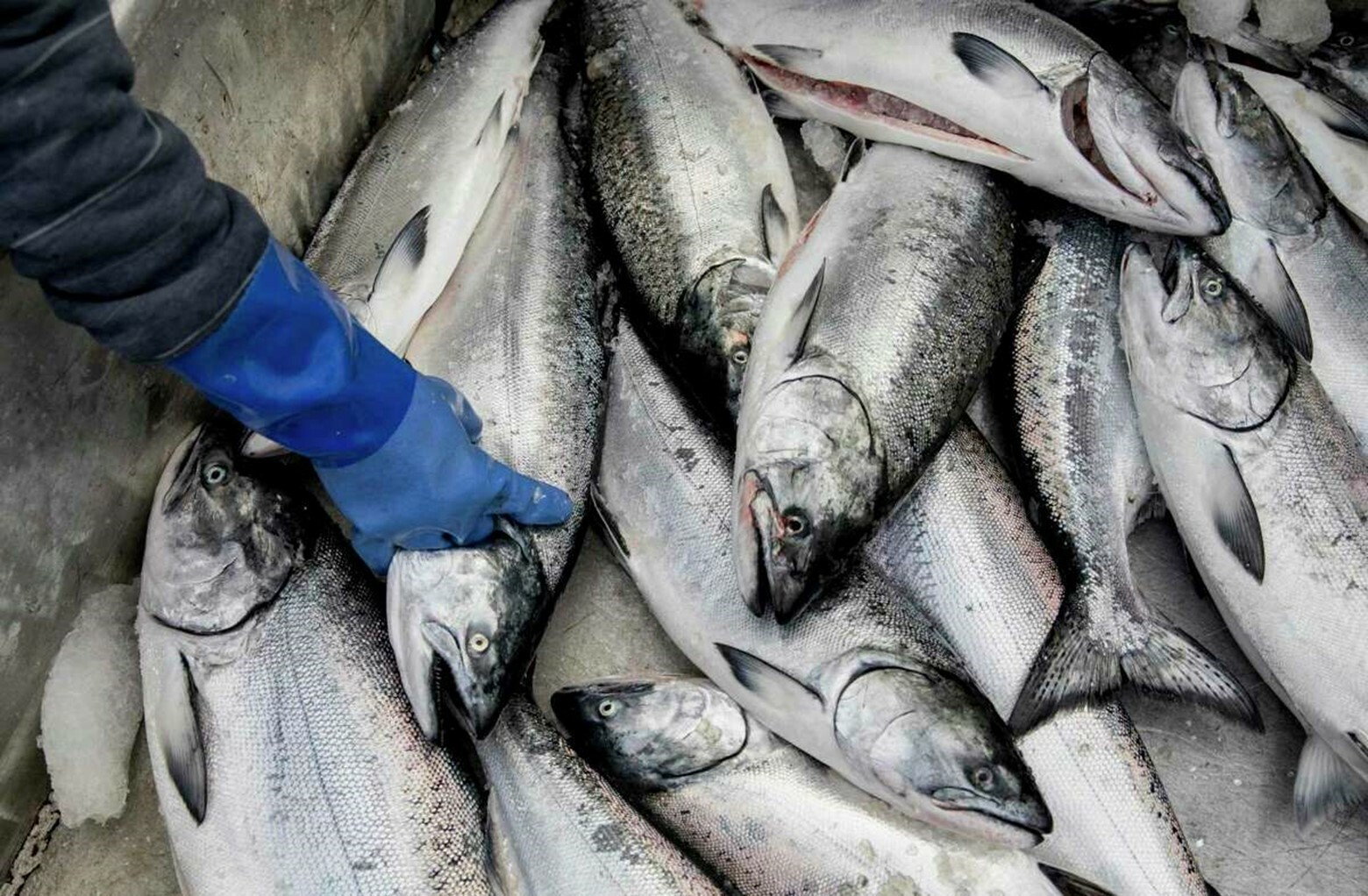Fish Report for 2-16-2023
Gavin Newsom Orders State Agencies to Weaken Salmon Protections Claims drought emergency while reservoirs fill

by GGSA Staff
2-16-2023
San Francisco -- In a harsh blow to salmon recovery efforts, Governor Gavin Newsom has bowed to the will of factory farm operators in the Central Valley and invited his water managers to waive state law aimed at protecting salmon and other species. Newsom issued an executive order on February 13 authorizing the State Water Control Board to waive legally required freshwater flows through the Delta. Without this water, salmon survival will plummet.
The executive order was immediately followed by a request from the state’s Dept. of Water Resources (DWR) for such a waiver. DWR’s request admits that cutting Delta outflow will harm salmon saying it will harm, “… survival of juvenile Chinook salmon and steelhead migrating from the Sacramento River basin during February and March 2023 ...” DWR says their increased pumping will suck baby salmon off their natural migration path and into the interior Delta, a well-documented death zone for them. They admit that “lesser Delta inflow could affect North Delta hydrodynamics, including greater entry into the interior Delta…and reduced through-Delta survival”. The reduced river flows “…would coincide with the highest relative abundance of adult winter-run Chinook salmon migrating through the Delta” and “likely overlap with some juvenile fall-run Chinook salmon rearing and migration through the Delta.”
Among this year’s baby salmon likely to be lost are the nearly two million fry salmon recently released from the Coleman hatchery as part of experiment intended in part to restock the upper Sacramento Basin with salmon. New DNA tracking used in the experiment will likely be wasted.
Newsom premised his salmon-killing actions on claims the state’s giant agricultural industry is suffering a drought emergency. However, most of the state’s reservoirs are at or above where they’d normally be this time of year and a record snowpack in the Sierras will soon fill them further.
“We’ve got 205 percent of the normal snowpack in the Sierras, most of which will flow into the state’s reservoirs, so why is Gavin Newsom telling his water managers to make things worse for every family in California that depends on salmon to make a living,” asked John McManus, president of the Golden State Salmon Association.
The governor’s move comes in spite of only 61,200 fall run Chinook salmon returned to the Sacramento River last fall, far below the target of 180,000 fish. Salmon numbers have dropped dramatically during Governor Newsom’s time in office because of water management actions clearly favoring a handful of wealthy factory farm operators at the expense of the tens of thousands of Californians who rely on salmon to make a living.
“Newsom is using emergency authority to bypass the law,” said GSSA director attorney David Zeff. “What emergency is he responding to? He’s not responding to the disappearance of the salmon and salmon jobs. We’ve asked repeatedly to share our concerns with the governor, but he has refused to meet with us.”
Newsom’s actions send a clear signal to families and communities on the coast and inland that they alone have to absorb more economic pain.
“The past several years have been horrible for California’s native salmon runs and this spring there was finally hope for better river flows to move baby salmon to the ocean,” said GSSA vice chair Mike Aughney. “Now Newsom is moving to cut the spring river flows needed to deliver these salmon which will kill many of them.”
The Golden Gate Salmon Association is a coalition of salmon advocates that includes commercial and recreational salmon fisherman, businesses, restaurants, a native tribe, environmentalists, elected officials, families and communities that rely on salmon.
GGSA’s mission is to restore California salmon for their economic, recreational, commercial, environmental, cultural and health values.
Currently, California’s salmon industry is valued at $1.4 billion in economic activity annually in a regular season and about half that much in economic activity and jobs again in Oregon. The industry employs tens of thousands of people from Santa Barbara to northern Oregon. This is a huge economic bloc made up of commercial fishermen, recreational fishermen (fresh and salt water), fish processors, marinas, coastal communities, equipment manufacturers, the hotel and food industry, tribes, and the salmon fishing industry at large.
< Previous Report Next Report >
< Previous Report Next Report >
More Reports

12-19-2022
San Francisco -- The Feather River hatchery will release millions of extra young salmon in early 2023 to help offset salmon losses...... Read More

11-29-2022
Returns to the Central Valley were disappointing as of mid-November, though there’s still time for more fish to be counted....... Read More

Website Hosting and Design provided by TECK.net